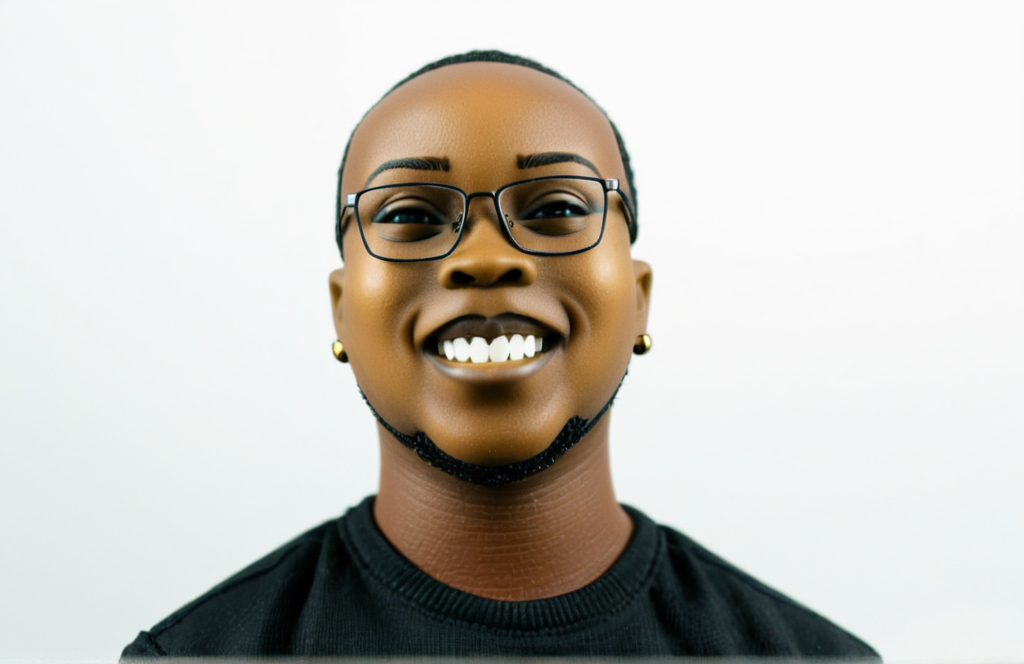Face to Many AI: Apply Many Styles to Face Photos
Apply various styles to your Photos. The Face to Many AI model lets you create unique artistic variations of your face. Explore 3D portraits, pixel art avatars, and more!
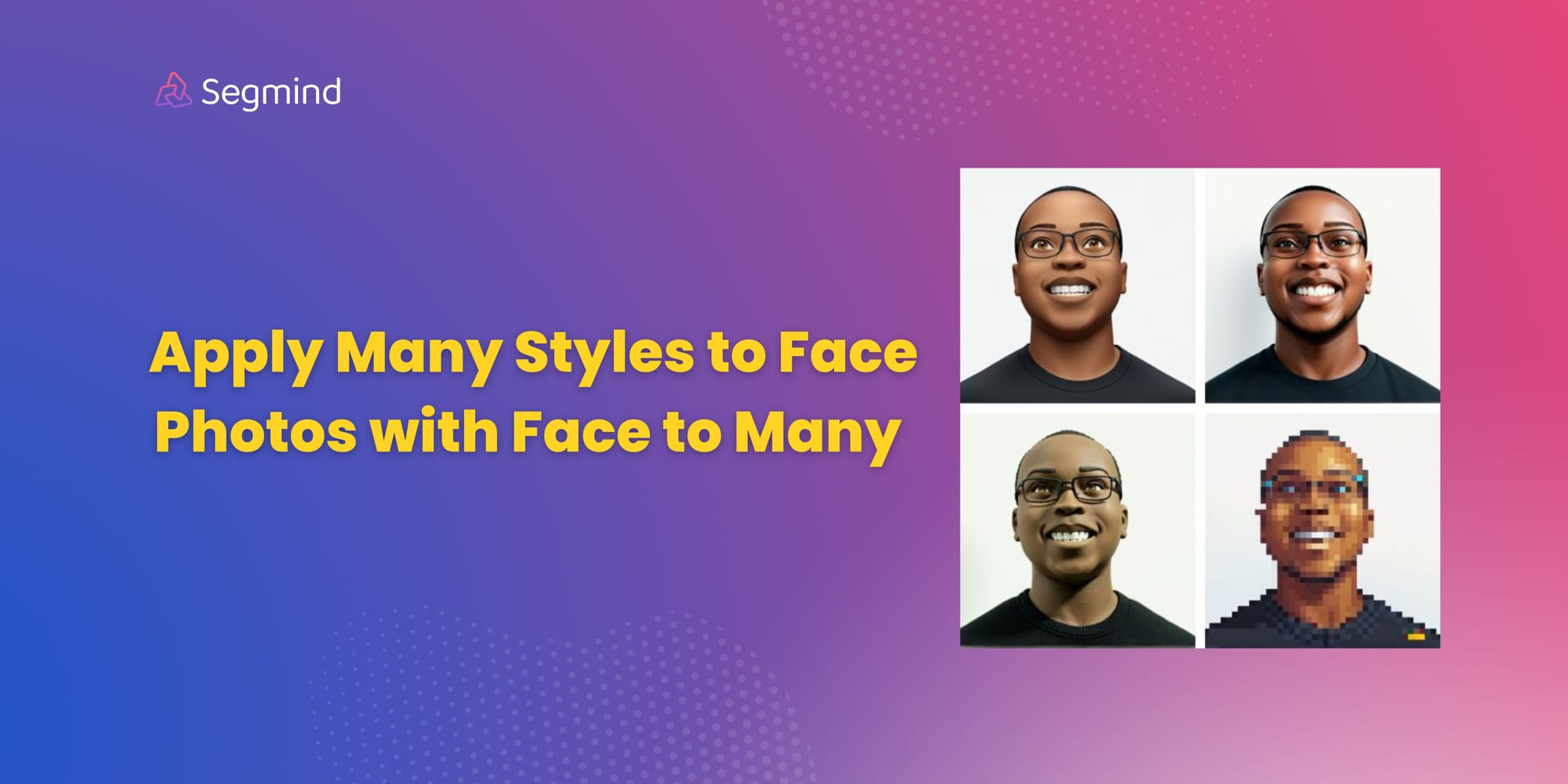
Face to Many model offers a range of options to transform a face into a completely different aesthetic category. This model opens up a world of creative possibilities, making it easy to experiment with different artistic styles and representations. Here's a glimpse into the artistic styles you can explore:
- 3D: Create a three-dimensional representation of the face.
- Emoji: Turn the face into a fun, expressive emoji.
- Pixel Art: Render the face in a retro, pixelated style reminiscent of early video games.
- Video Game: Transform the face to resemble characters from video games.
- Clay: Mold the face as if it were made from clay, similar to stop-motion animation characters.
- Toy: Convert the face to look like a toy figure.
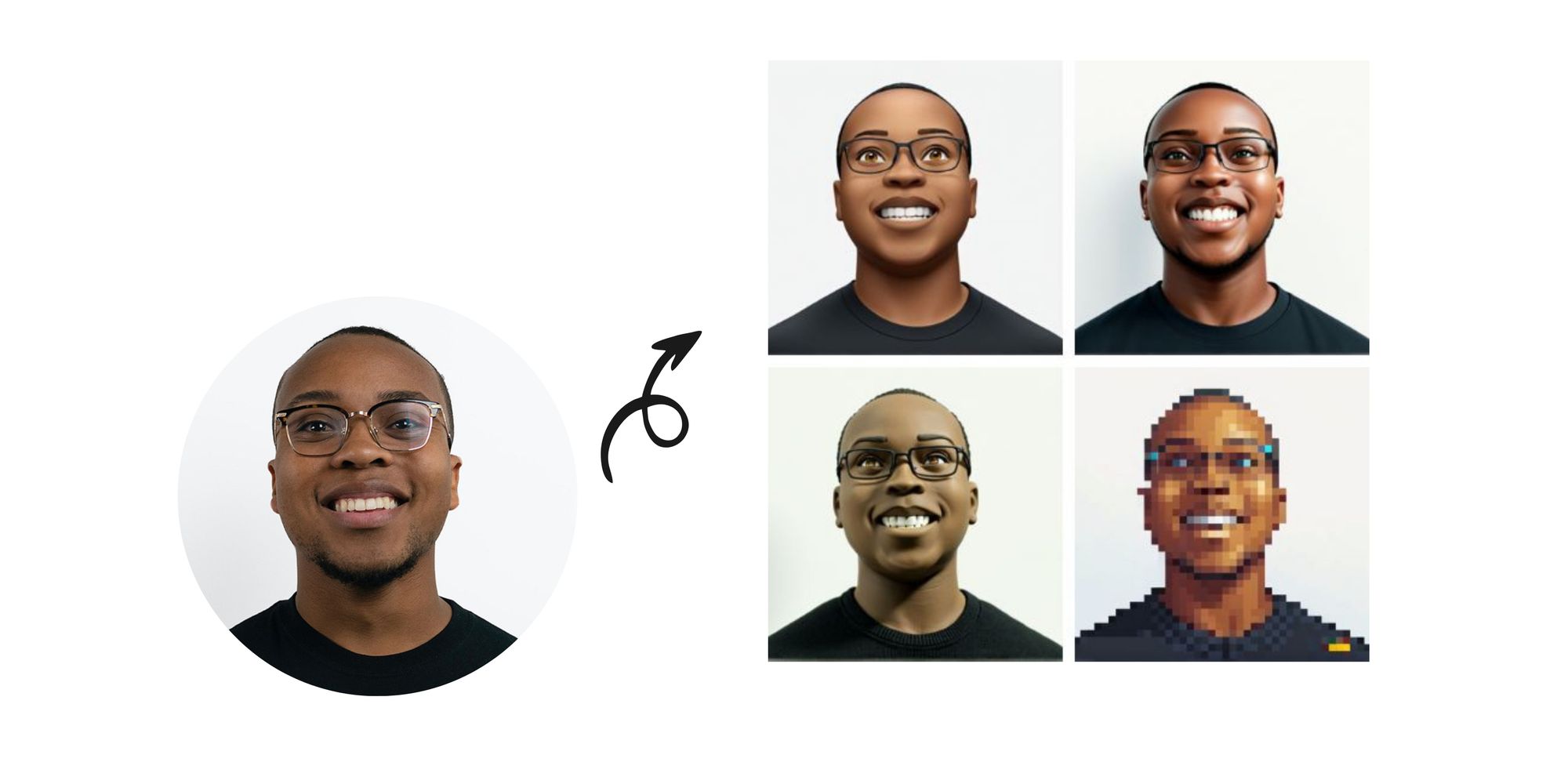
Key Components of Face to Many AI
Under the hood of Face to Many model is a combination of Instant ID, IP Adapter and ControlNet Depth.
- Instant ID: This identifies the unique features of the face in the uploaded image.
- Image Encoder (IP Adapter): This component acts as a translator, transferring the chosen artistic style (3D, emoji, etc.) onto the face within the image.
- ControlNet Depth: This estimates the depth of various facial features, crucial for creating a seamless 3D representation that serves as the foundation for style application.
How to use Face to Many AI?
- Input image: Choose an image that you want to transform. A close-up portrait shot is ideal because it allows the model to clearly identify and process the facial features.
- Prompt: Provide a text prompt based on the input image. This could be a simple description of the person in the image, such as “a man” etc. The model uses this prompt to guide the style transfer process.
- Style: Choose any style of your choice you want to see in the output image. (3D, Emoji, Toy, Clay, Pixels, Video game).
- Custom LoRA: You can incorporate other styles by using custom LoRA models based on SDXL. Simply paste the link to the custom LoRA model.
How to get best results from Face to Many AI?
You can fine-tune image outputs by adjusting the below parameters to guide the final image output to achieve best results.
a. Prompt Strength: This parameter is similar to the CGF scale. It determines how closely the image generation follows the text prompt. A higher value will result in an output image that more closely matches the prompt.
b. Instant ID Strength: This parameter determines the degree of influence of Instant ID. The higher the value, the closer the face in the output image looks to the input image.
d. ControlNet Depth Strength: This parameter determines the degree of influence of ControlNet Depth conditioning. The higher the value, the more its influence.
Face to Many AI Examples
Here a few examples of images generated with Face to Many AI Model.
3D Style
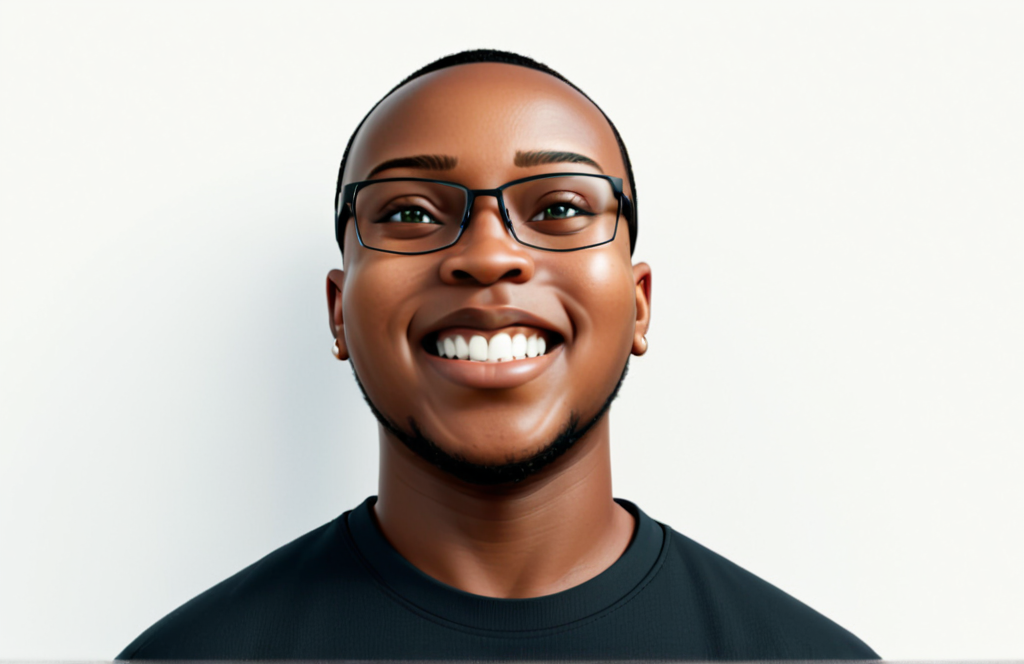
Emoji Style
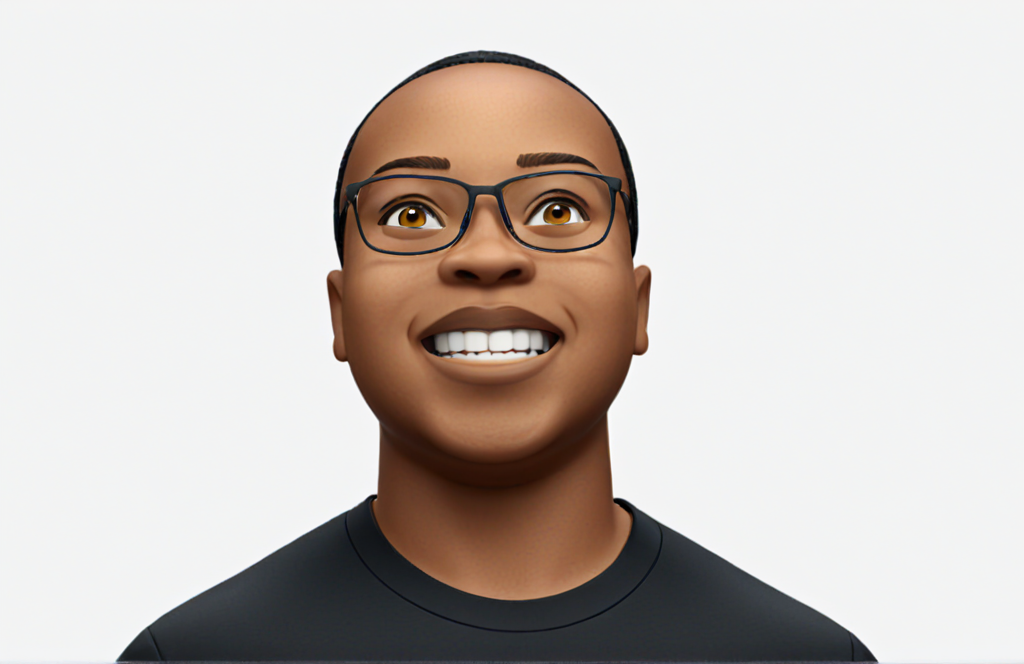
Pixel Art Style
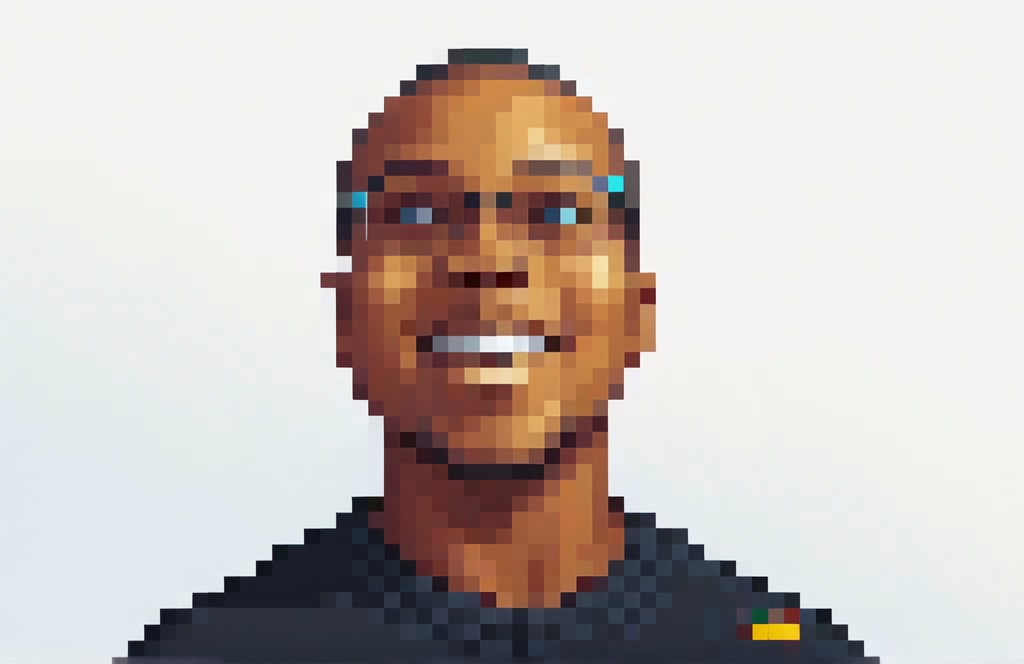
Clay Style
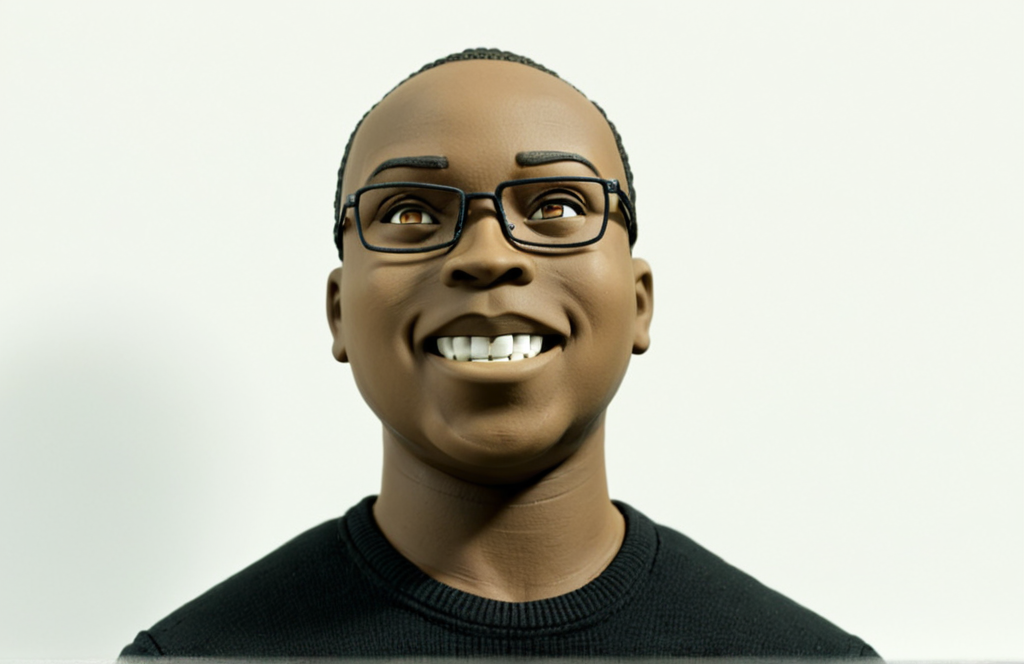
Toy Style
